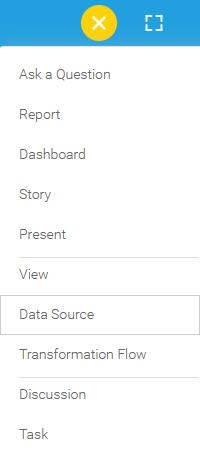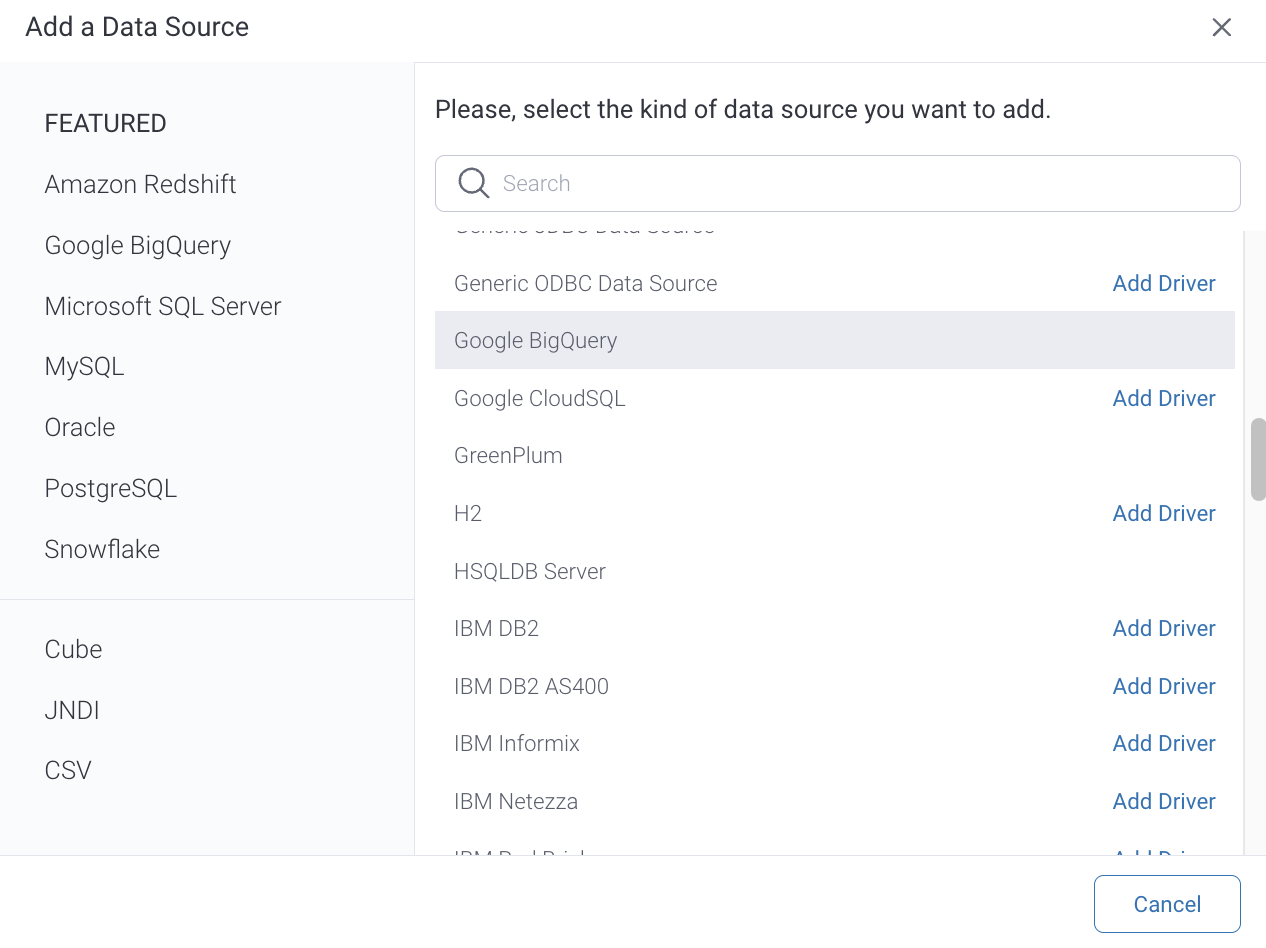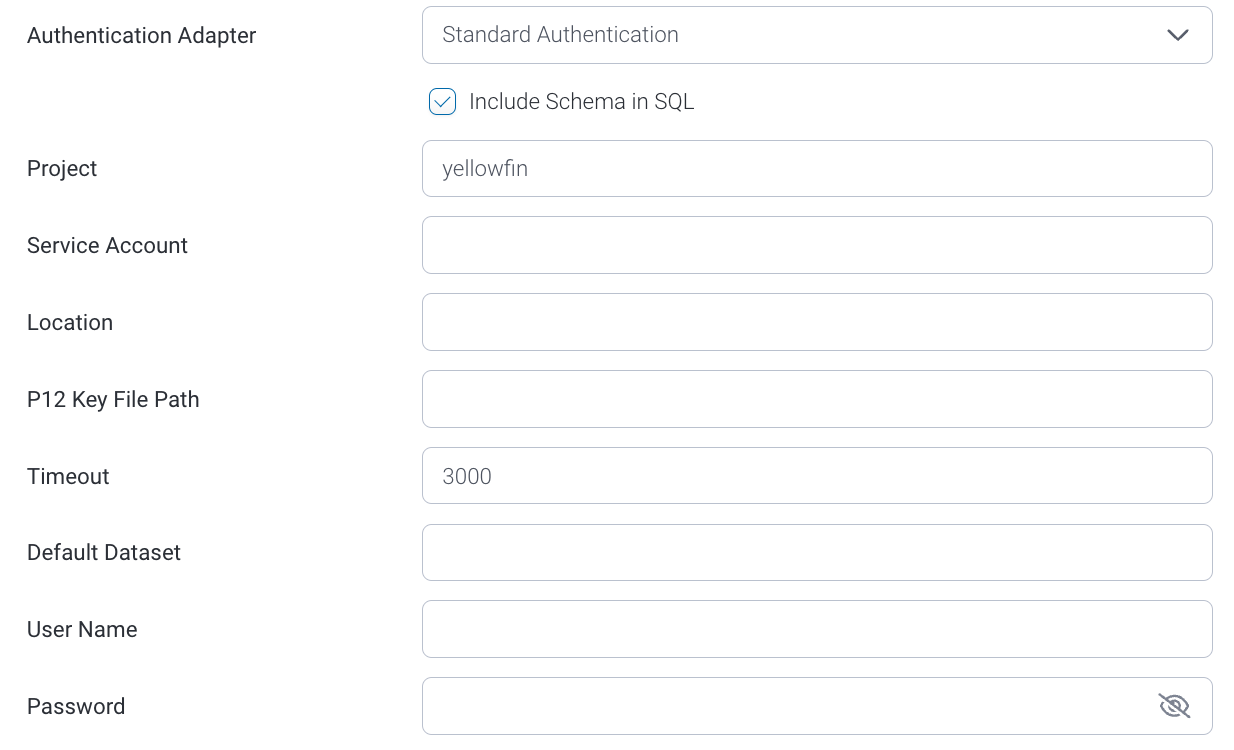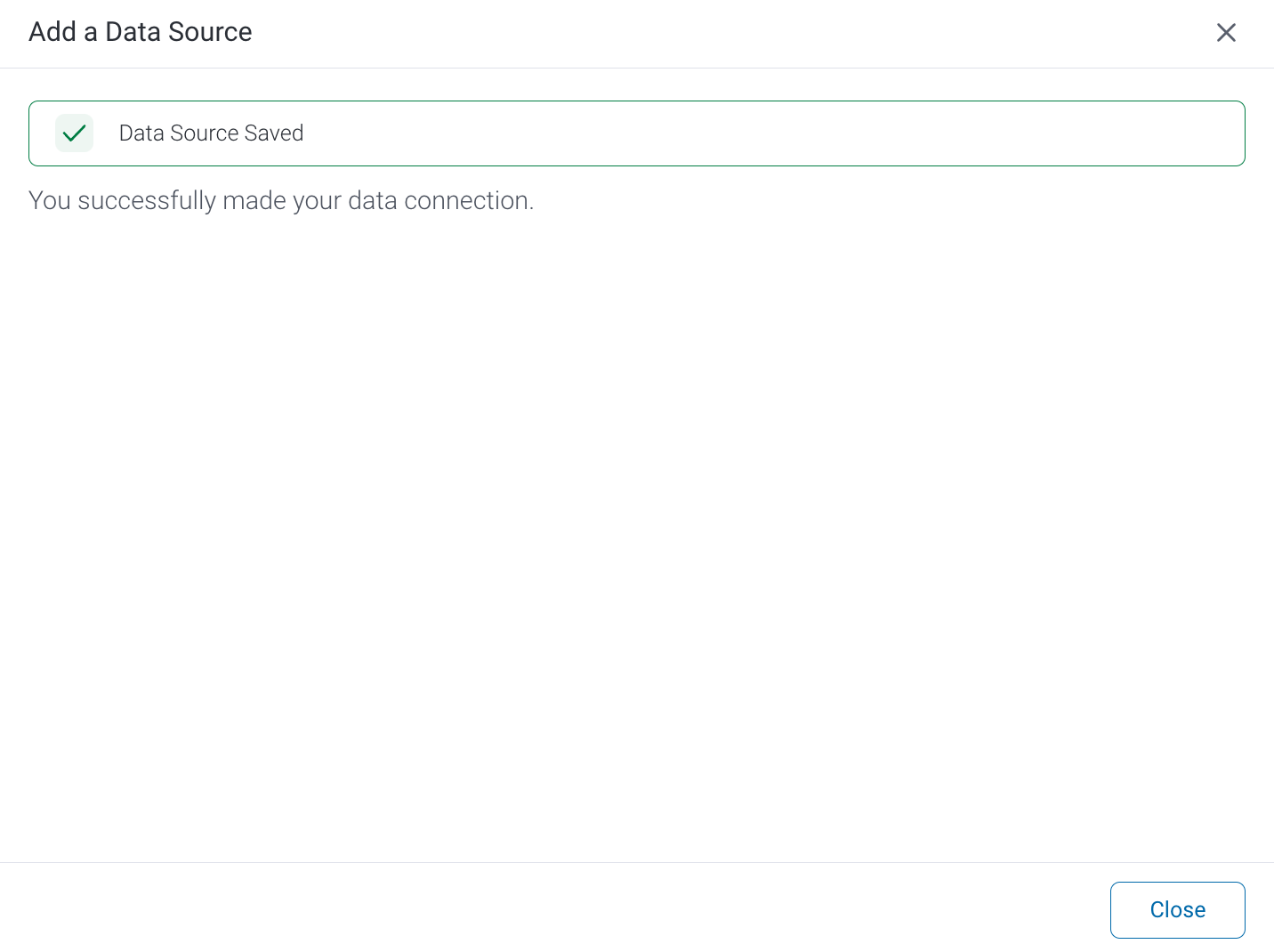Page History
Follow the instructions below to connect Yellowfin to a Google BigQuery data source. You can use any of your Google service accounts to authenticate the connection.
...
| Tip |
|---|
If the writable data source functionality is enabled, you are permitted to write data to a Google BigQuery database. |
Prerequisites
Before you use Google BigQuery as a data source, Yellowfin needs a driver to connect to it. Yellowfin
...
does not ship with the driver
...
due to licensing/paywall
...
considerations, but you can upload your preferred driver (such as those offered by Google) via the Yellowfin Plugin Manager.
...
...
Once you have uploaded a driver for BigQuery, follow the steps below connect your data source.
Instructions
You can use any of your Google service accounts to authenticate this connection. The table below provides further details of the fields you'll be asked to provide values for.
| Field | Description |
|---|
...
| Include Schema in SQL |
...
| Selecting this checkbox |
...
| adds the schema name when addressing database tables in SQL queries. |
| Project |
...
| This is the project ID of your Google BigQuery project. Avoid using your project name as this won't work. | |
| Service Account |
...
| The email address of your Google service account. | |
| P12 Key File Path |
...
The full path to a private key file for a service account. This is used to authenticate the service account email address. This field supports both |
...
types of key formats |
...
— .p12 and .json. |
...
You can |
...
create and download this from your Google service account. | |
| Default Dataset | Unqualified BigQuery tables (those without a specified schema) will be linked to this default schema. |
| JDBC Driver |
...
This shows the details of the JDBC driver |
...
that you installed to talk to |
...
Google BigQuery |
...
databases. It should be pre-filled by default, so you shouldn't need to change this field. |
1. Click on the yellow Create buttonand select Data Source from the list.
2. Select Google BigQuery from the databases list.
3. When the New Connection popup appears, provide a name and description for your database.
4. Connection String: when selecting Connection String you have the same functionality as in Generic JDBC Data Source.
5. Google BigQuery configuration fields.
6. Toggle Advanced Settings to see more settings.
7. Once you have completed your connection information, you will have several options:
- Advanced Connection Editor
- Back: This will
take you to the Data Source page in the Admin Console and allow you to edit all the advanced options available for your database- navigate to the database selection.
- Cancel: This will close the New Connection popup.
- Test Connection: This will
validate - test the connection parameters you provided to ensure it can connect to your database. If the connection
was - is successful,
a message - an indicator will appear
.- Create View: This will save your connection and get you started on creating a view based on it. Save & Close:
- and you will be able to save the connection.
- Save: This will allow you to save your connection and
close the New Connection popup, returning you - and you will be able to save the connection.
- navigate to the Success page
you were on previously.Cancel- :
This closes the New Connection popup without saving your connection, returning you to the page you were on previously.- We recommend testing the connection, and then saving it by using the Save & Close button.
...







